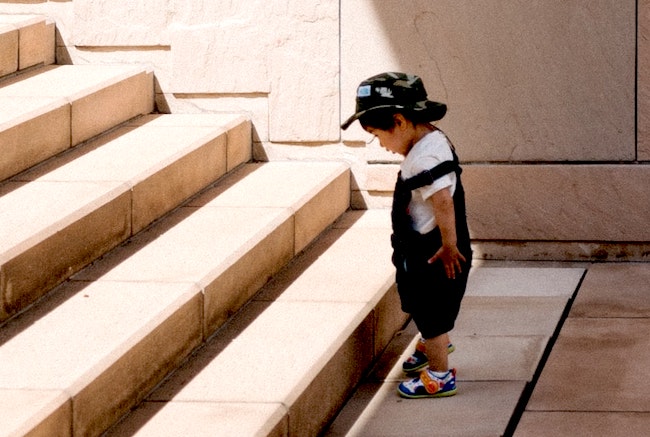
Hear, Israel: HASHEM is our G-d; HASHEM is one. And you shall love HASHEM, your G-d, with all your heart and with all your soul, and with all your might. (your means). (Devarim 6:4-5)
Here is a very simple and obvious question about something that we say multiple times a day for our entire life. I would never have thought of the question myself had I not seen it in the Siddur HaGra, in a small print commentary from one of the students of the Vilna Gaon, Siach Yitzchok.
The question goes like this; “In this first line, of what is the mission statement, the rallying cry of our nation, we declare that HASHEM is ONE! In the second verse that immediately follows it we are mandated to love HASHEM with our entire being! Now, is there a connection between these two ideas or are they separate subjects? If they are connected and one naturally leads to or feeds the other, how does it work? What is the dynamic at play here? If it is just two separate notions then we can end here and wish each other a Good Shabbos!
The good news is that there is a connection. The Torah is not jumping randomly from subject to subject. It’s not just a tangential connection though. It is a profoundly powerful and essential connection between the declaration of HASHEM’s ONENESS and our ability to tap into fountains of endless love for HASHEM. Please don’t feel bad if the answer is not so obvious at first. I have presented this question to scholarly audiences and only the head scratching was audible, but no answers. The Siach Yitzchok offers a genius answer. You don’t have to be a genius to understand the answer. Once it’s understood, though, it is really quite obvious and we will be left wondering, “Where have I been all my life!? Why didn’t I think of that!?” It takes true genius to find the clear and apparent answer while it is still obscure.
We all have differing degrees of appreciation and even love for those who play a supporting role in our life. On a scale of 1 to 10 it could be that lesser players serving basic functions might get a 1 or a 2 or a 3, like for a letter carrier or a grocery store clerk. A close friend might climb to a 6 or 7, as well as a good teacher. A parent or grandparent or a Rebbe might reach an 8 or more and a spouse is already approaching 10. This diffused light of love is spread out all over to the people we meet throughout our life.
Now when we close our eyes and recite “SHEMA YISRAEL HASHEM ELOCHEINU HASHEM ECHOD” we come to understand that all these different personalities are all agents and angels that have been sent our way by one primary source, by HASHEM.
I remember as a child playing in the backyard on a sunny summer day and using a generic magnifying glass to focus a narrow beam of light on a leaf to start a fire. When all of that diffused light and love is directed to HASHEM it awakens a giant fire of love in our hearts. In that way declaring HASHEM’s ONENESS is directly linked to the motivation to love HASHEM with all of our resources.
Now this all leads us to a great point. There is a profound implication here. There are two sides to the Tablets on which were scribed the Ten Commandments. One side emphasized Mitzvos between man and G-d while the other side stresses Mitzvos between man and his fellow man. Now which is more important? Is there a competition between these to arenas?
The answer is absolutely “NO!” Not only are they not in conflict but they feed and fuel one another. Every Mitzvah between man and man enhances and energizes our devotion to HASHEM. The reverse is true too. Not only do I love my neighbor because I feel like it today. It’s a heavenly mandate, a Commandment from the Creator to overcome my petty nature and dignify my neighbor. The “between man and G-d” side of those Tablets empowers the “between man and man” side, which in turn fires up our relationship with HASHEM again, and so it spirals and cycles forever upward when we start with step ONE.


